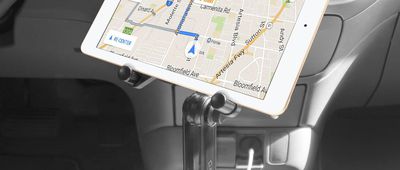Idle Action
The coronavirus crisis and the self-quarantining orders it led to are changing the way Americans live — and it's certainly taking a lot of miles off their cars. For drivers, less wear and tear on their vehicles and less money spent on gas might be welcome changes, but just because you're not using your car doesn't mean you can forget about it altogether. It needs to be maintained, and these steps can be important parts of that.




















